
‘You are not broken, the system is’ – new NFP pushes for less medication
Posted on 03 Dec 2025
The over-medicalisation of distress affects pretty much everyone in Australia, leading to needless…
Posted on 22 Jul 2025
By Nick Place, journalist, Institute of Community Directors Australia

Charities are facing mounting challenges in attracting donations as household expenses continue to rise, according to new data from the Australian Bureau of Statistics (ABS).
May figures showed household spending had increased by 0.9 per cent, driven by a 1.1 per cent rise in discretionary spending but also a 0.5 per cent increase in essential costs, including health (up by 8.4 per cent annually), services (7.5 per cent) and goods (1.5 per cent).
The rising cost of living is contributing to a long-term decline in charitable giving, according to Fundraising Institute Australia chief executive Katherine Raskob.
“The number of donors is declining in Australia, but the people giving are giving more, so the actual amount hasn’t dropped,” she said. “Per capita, we are quite generous, but the number is definitely declining. The people claiming tax deductions for donations is also quite flat at under 30 per cent.”
Raskob said Australia still ranked well on the list of the world’s most generous national populations, as collated by global surveyor Charities Aid Foundation (CAF), but a disproportionate burden fell to a small group of donors.
A new CAF report on giving, released yesterday, showed that Australia has dropped from 8th to 13th in the rankings of total charity donors as a percentage of population. Its 2024 report showed 59 per cent of Australians had donated to charity, but in the 2025 report that figure dropped to 56 per cent. The global average is 36 per cent.
In terms of amount donated as a percentage of income, Australia remains ahead of the global average of 0.33 per cent: we donate an average 0.38 per cent of our income to charity. In terms of overall generosity, Australia lands at 68th of 101 countries.
“While the slight drop in total charity donors from 2024 to 2025 is disappointing, I believe Australians remain committed and generous donors, and the charitable fundraising sector continues to find ways to engage them and connect them to the causes about which they care most deeply,” Raskob said.
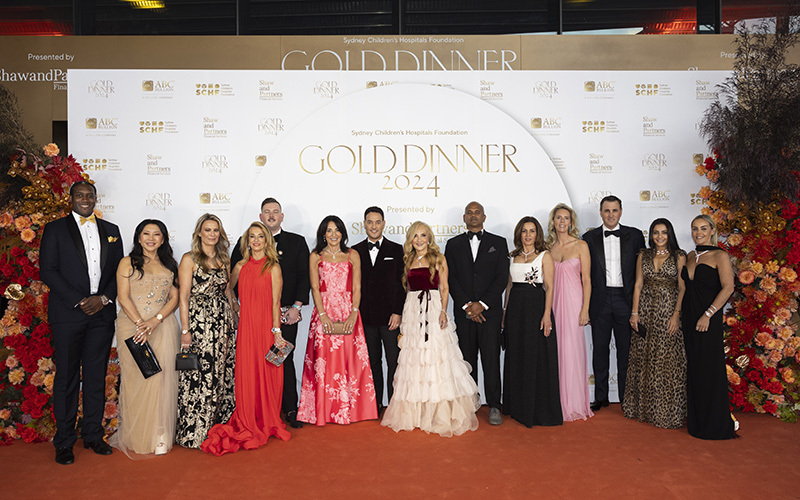
The FIA CEO observed that some high-profile fundraising events, such as the Vinnies CEO Sleepout and the Sydney Children’s Hospitals Foundation Gold Dinner ball, had exceeded fundraising expectations. The Gold Dinner alone raised a record-breaking $33.4 million in 2024. However, most donors to such high-profile events gave to them each year, Raskob said, so they were not the new regular donors the sector needed.
“Increasingly, Australians are ‘emergency donors’, giving more to disaster appeals, while regular giving is in significant decline,” she said. “The 2020 bushfires and the pandemic saw spikes in giving. The recent floods, as well.”
“Five years ago, 60 per cent of Australian fundraising was in regular giving, with 40 per cent in response to emergencies, but that has now flipped to be 40 per cent regular and 60 per cent for emergencies.”
The biggest challenge for charities remained coaxing regular donations out of supporters, Raskob said, to enable better planning and services roll-out. She also highlighted the need to engage regular donors and younger Australians in non-financial ways, as a pathway to more regular and reliable financial support down the road.
Charities Minister Andrew Leigh said the government was committed to working with the sector to unlock more fundraising opportunities.
“Giving in Australia has been too dependent on too few people, and we need to broaden the base by encouraging more Australians to give. That’s why we’re working alongside businesses, non‑profits and philanthropists,” he said.
“Since coming to government we have introduced a new deductible gift recipient (DGR) category for community foundations to support place‑based and community‑driven giving. We have streamlined the DGR application process for environmental organisations, harm prevention charities, cultural organisations and overseas aid organisations. And we have reformed the tax deductibility of donations, including removing the two dollar minimum for tax‑deductible claims to encourage small donations, such as rounding up purchases at the checkout.
“Our government has a positive outlook and plan to continue working with the sector to unlock new opportunities for giving, volunteering, community participation, and building the four key pillars that the Productivity Commission inquiry identified in its review into philanthropy released at the end of last year.”

Posted on 03 Dec 2025
The over-medicalisation of distress affects pretty much everyone in Australia, leading to needless…
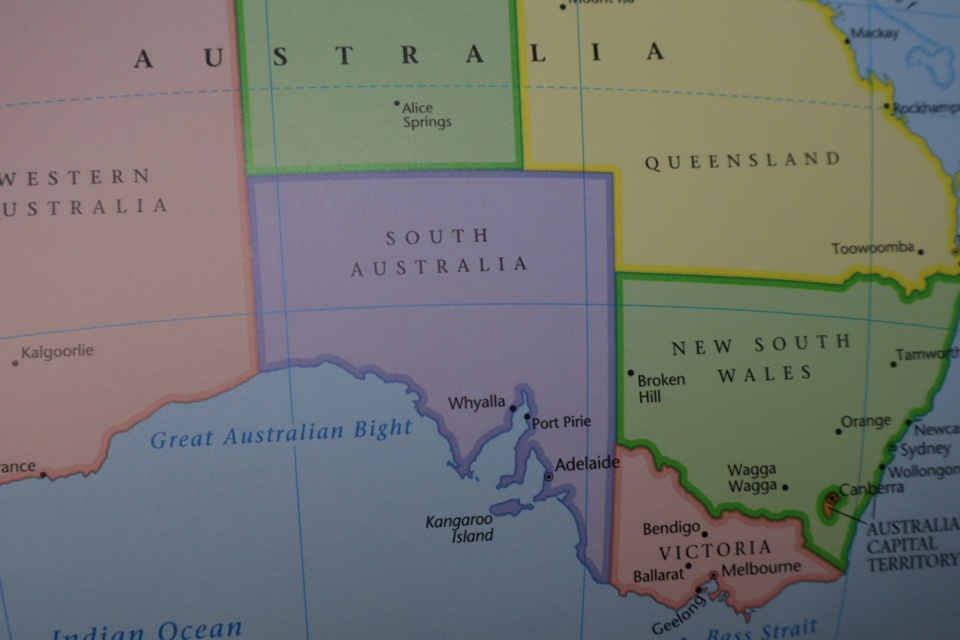
Posted on 03 Dec 2025
If you wanted an example of the problems inherent in federal systems, you couldn’t do better than…

Posted on 03 Dec 2025
Many not-for-profit (NFP) board members in Australia are burnt out, overwhelmed and considering…

Posted on 03 Dec 2025
Infoxchange has announced a partnership with the National Artificial Intelligence Centre to address…

Posted on 03 Dec 2025
Tonight, in Adelaide, the people least likely ever to be accused of doing what they do for…
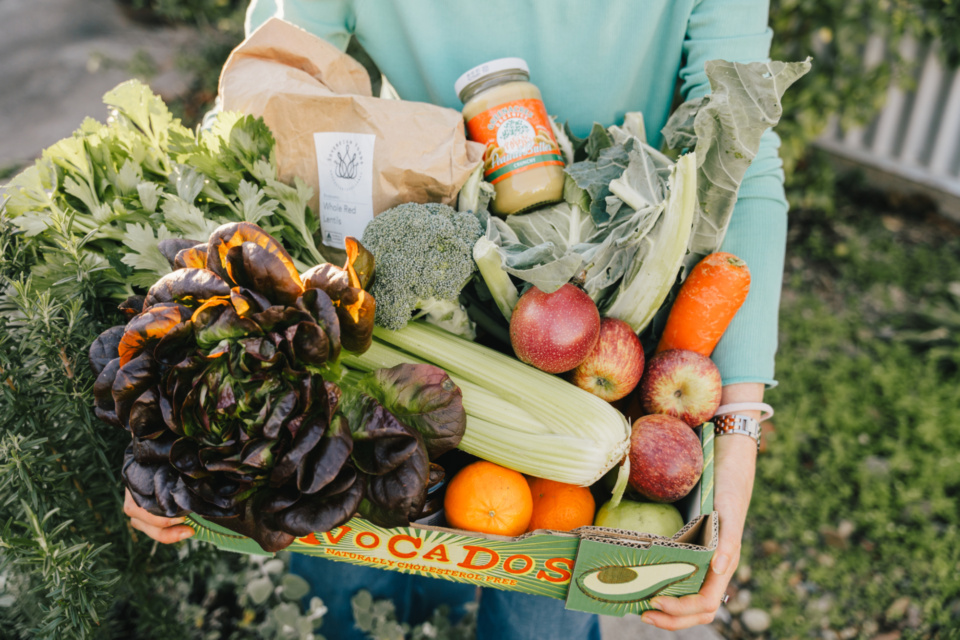
Posted on 03 Dec 2025
Emma-Kate Rose is the co-CEO of Food Connect Foundation, working with communities to support the…

Posted on 03 Dec 2025
Today is the International Day of People with Disability, but for many, there is little to…

Posted on 26 Nov 2025
Charities and not-for-profits can be outstanding advocates for their cause, their community, their…

Posted on 26 Nov 2025
Next Wednesday, December 3, All Abilities ambassador Greg Pinson will be celebrating the…
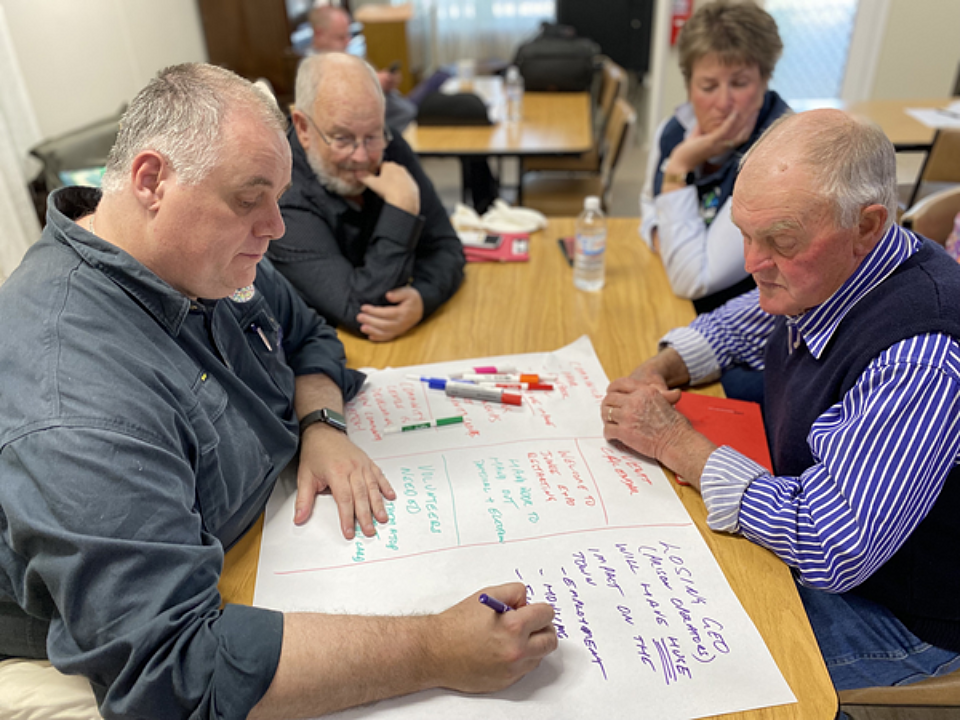
Posted on 26 Nov 2025
If you think it’s inefficient for every small organisation seeking funds in regional, rural or…
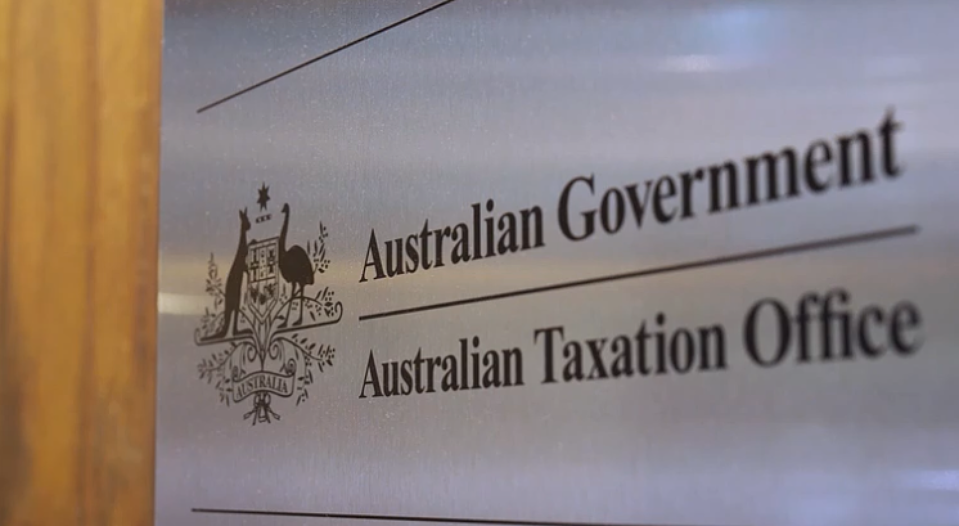
Posted on 26 Nov 2025
An emerging tax scheme that offers tax deductions by using barter credits to inflate DGR donations…
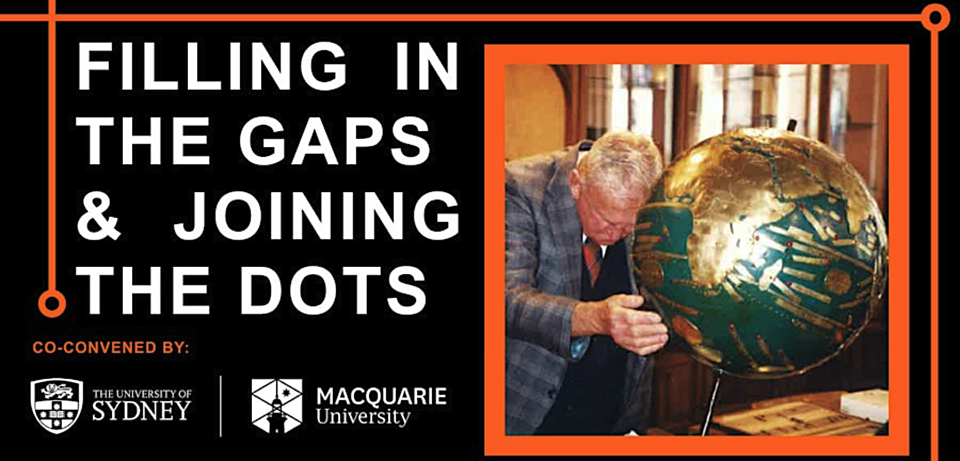
Posted on 26 Nov 2025
A landmark conference starting tomorrow in Sydney will bring together the dual sensory impairment…